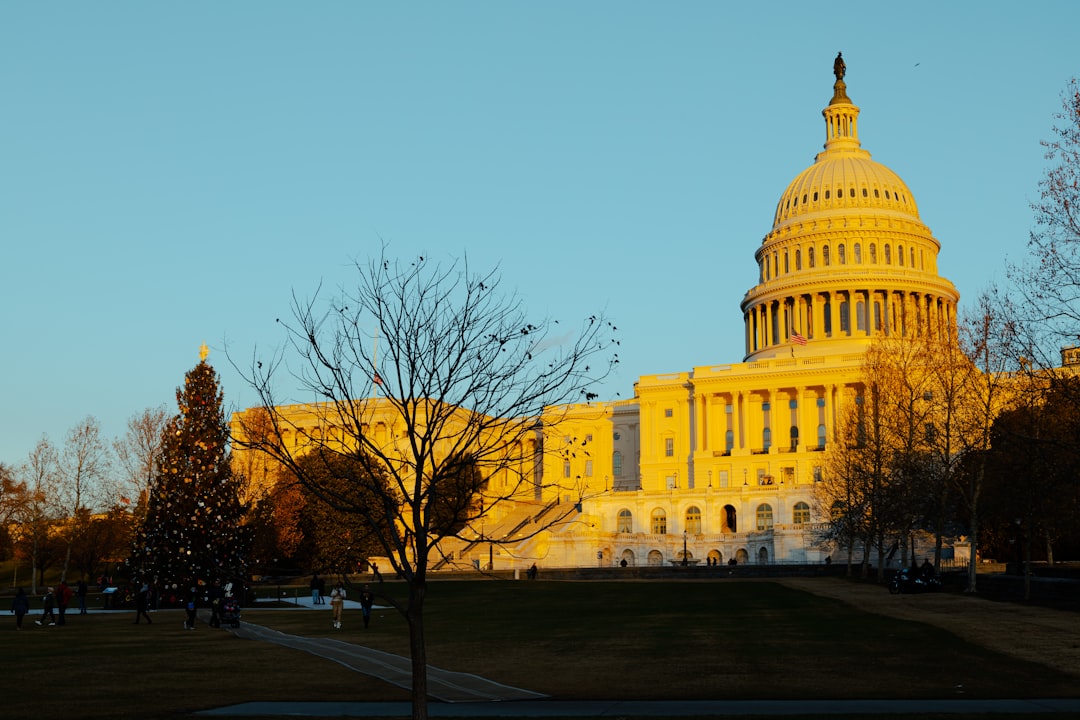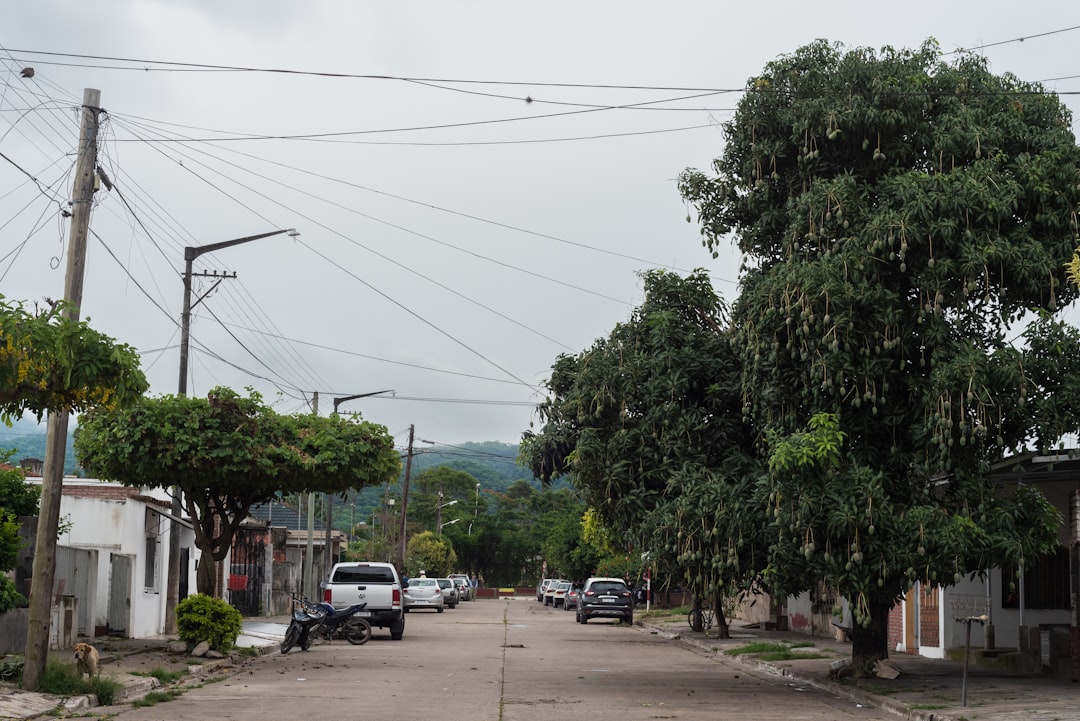Trump Administration Outlines Shutdown Plans — here’s what’s new, why it matters, and what to watch next.
Trump Administration Outlines Shutdown Plans as Deadline Approaches
As the deadline for a potential government shutdown looms, the Trump administration has begun to detail its plans concerning which federal services will be paused. This announcement, made on Monday, has raised concerns about the impact on key government functions and the well-being of millions of Americans who rely on these services.
At a Glance
- Shutdown Date: A government shutdown could occur as early as this week.
- Furloughs: The U.S. Department of Health and Human Services (HHS) plans to furlough 41% of its workforce.
- Programs Affected: Critical services like public health programs, social services, and various federal operations may see interruptions.
- Potential Impact: Millions of Americans could be directly affected by these furloughs, especially those relying on health services and social programs.
- Congressional Negotiations: Watch for updates on negotiations in Congress, as lawmakers work to reach a compromise to avoid the shutdown. Key players from both parties are expected to engage in discussions over budget priorities.
- Public Response: Observers will be monitoring public sentiment regarding the shutdown. Increased frustration among citizens could put pressure on lawmakers to resolve the deadlock quickly.
- Impact Assessments: Federal agencies will begin to assess and report on the immediate impacts of the shutdown on their operations and the services they provide, shedding light on the broader consequences.
Background & Timeline
The threat of a government shutdown is not new in American politics, but it has become increasingly frequent in recent years, often arising from political gridlock between opposing parties. The current situation stems from ongoing disputes over budget allocations and policy disagreements, particularly surrounding healthcare funding and immigration policies.
Historically, government shutdowns have resulted in significant disruptions. The most notable in recent memory occurred in late 2018 and early 2019, lasting 35 days, during which hundreds of thousands of federal workers were furloughed and many essential services were curtailed. Similar to that previous shutdown, the current impasse reflects deep divisions in Congress, with Republicans and Democrats at odds over funding priorities.
As the deadline approaches, the Trump administration’s strategy is to prepare the public and federal employees for possible disruptions. This includes outlining which services could be affected and how federal agencies will manage the situation on the ground.
What’s New
The administration’s recent announcement highlighted several key points:
1. Department of Health and Human Services: The HHS is set to furlough 41% of its workforce, which includes employees critical to managing public health programs. This could disrupt programs aimed at combating diseases, health education initiatives, and other essential services.
2. Potential Program Cuts: Other government programs, including social services like food assistance and housing support, may experience delays or temporary cuts. The administration has indicated that essential services will be prioritized, but specific details on how decisions will be made remain unclear.
3. Emergency Services: Despite the furloughs, certain emergency services, such as disaster relief and some health-related programs, are expected to continue. However, the extent of their operational capacity during the shutdown is uncertain and will depend on available funding.
4. Communications from Federal Agencies: Agencies are being instructed to prepare communications to inform the public about possible service interruptions and to update their websites with relevant information. This proactive approach aims to mitigate confusion among the public regarding which services will remain available during the shutdown.
Why It Matters
The implications of a government shutdown extend beyond the immediate disruptions in services. A significant portion of the U.S. population relies on federal programs for health care, food assistance, and housing support. The potential furlough of thousands of federal employees could lead to economic strain for families who depend on federal services for their livelihood.
Moreover, the shutdown could also affect public trust in government institutions. Frequent shutdowns may lead to frustration and disillusionment among the public, particularly when essential services are compromised. The administration’s current plans to communicate transparently about the shutdown may help alleviate some concerns, but the underlying political tensions remain a significant factor in the ongoing negotiations.
What to Watch Next
As the situation develops, several key areas warrant close attention:
FAQ
Q1: What happens to federal employees during a shutdown?
A1: Federal employees deemed non-essential may be furloughed, meaning they will not work or receive pay until the government reopens. Essential employees may continue to work but may not receive pay until the shutdown ends.
Q2: How does a government shutdown affect public services?
A2: During a shutdown, many public services may be interrupted or delayed. Programs like health services, social assistance, and other federal operations could see significant disruptions, affecting millions of Americans.
Q3: Will emergency services continue during the shutdown?
A3: While some emergency services may continue, their operational capacity may be limited. It is essential to check with local agencies for specific information regarding emergency services during a shutdown.
Q4: How often do government shutdowns occur?
A4: Government shutdowns have occurred several times in recent years, with notable instances in 2013, 2018-2019, and now in 2025. The frequency has increased due to rising political tensions and budget disagreements.
Q5: What can the public do during a shutdown?
A5: The public is encouraged to stay informed through official government channels and news outlets. Those relying on federal services should prepare for possible disruptions in essential services and check for updates regarding their specific programs.
Q6: Is there a way to avoid a shutdown?
A6: Yes, a shutdown can be avoided if Congress reaches an agreement on budget allocations and funding priorities before the deadline. Continuous negotiations and bipartisan cooperation are essential to preventing such occurrences.
As the deadline for the government shutdown approaches, the Trump administration’s detailed plans offer a glimpse into the potential ramifications for federal services and the American public. The coming days will be critical as lawmakers negotiate to avert a crisis that could affect millions.
—
Sources & Credits: Reporting synthesized from multiple reputable outlets and official releases.
Read our related coverage for more on Trump Administration Outlines Shutdown Plans.
For context and confirmations, see reputable wires like Reuters or AP News.
Source: Original Source. Reporting synthesized from multiple reputable outlets and official releases.
For deeper analysis on Trump Administration Outlines Shutdown Plans, explore more reports and explainers on Insurance Rate Expert.













